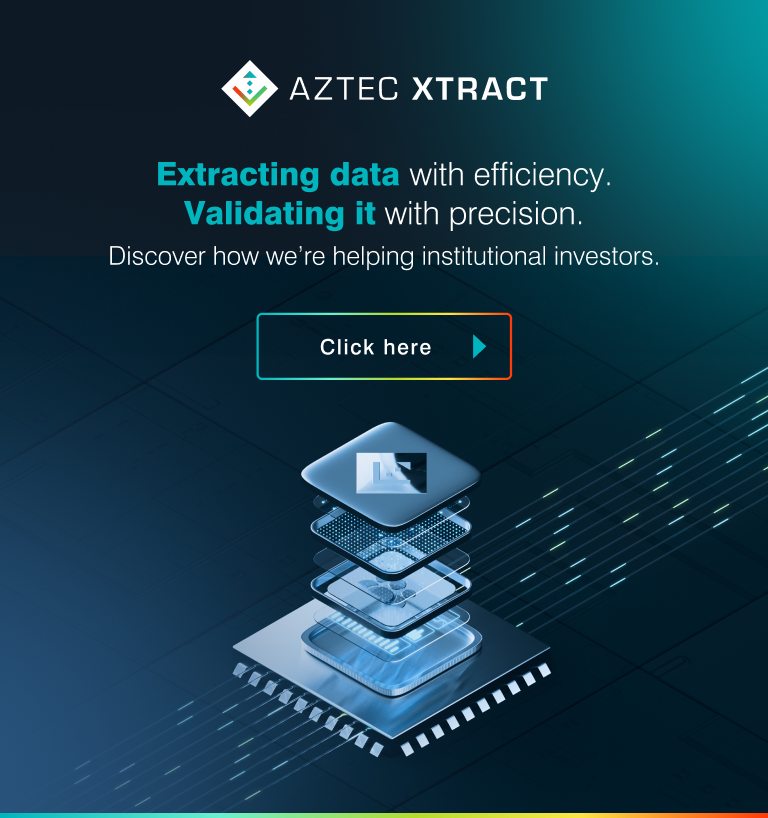A GP-led restructure is an increasingly common strategy within private equity. As the financial landscape evolves, and the demands of investors become more diverse, general partners (GPs) and fund managers are turning to restructuring to maximize returns, manage liquidity, and provide more flexibility to investors. These restructurings are typically complex, requiring skillful navigation to address the myriad challenges that come with it, including operational, legal, tax and regulatory considerations and investor management hurdles.
In this article, we’ll dive into the intricacies of GP-led restructurings, offering best practices to help fund managers and their administrators navigate them effectively.
A GP-led restructuring is a process in which the GP of a private equity fund initiates changes to the structure or terms of an existing fund, typically to extend its life, reallocate assets, or raise new capital. This process is commonly seen in the context of liquidity solutions, often driven by the need to address the issue of mature portfolio companies. The most typical examples of GP-led restructurings are fund life extensions or secondaries, where assets from the fund are restructured and sold to new investors, or in some cases, giving options to existing investors to extend their investments.
The general goal is often to create more value for all stakeholders: GPs, limited partners (LPs), and portfolio companies. However, due to its complexity and the array of stakeholders involved, this restructuring process can be a difficult path to navigate.
While GP-led restructurings are an important tool, they come with a variety of complexities that can create significant operational challenges.
The legal framework and complying with regulatory environments make GP-led restructurings complex. Different jurisdictions have different rules regarding fund structures, investor rights, and the process for transferring assets or altering fund terms. These regulations must be navigated carefully to ensure that all legal requirements are met.
Alignment of interests is crucial in a GP-led restructuring, and this can be difficult to achieve. GPs, LPs, and other stakeholders (such as co-investors, debt holders, or portfolio company management) often have differing incentives, objectives, and timelines.
Restructuring a fund’s financial model is another significant challenge. From the valuation of assets to the re-allocation of capital and restructuring of fees, fund managers must skillfully handle the process to avoid unnecessary risks.
In an increasingly complex market environment, partnering with a knowledgeable and experienced fund administrator can help ensure that GP-led restructurings are successful, fair to all stakeholders, and positioned for long-term value creation.
Fund administrators play a critical role in managing the operational, legal, tax, regulatory, and reporting aspects of a GP-led restructuring. Their expertise ensures the restructuring process is seamless and efficient, mitigating the challenges and complexities involved.
Fund administrators ensure compliance with regulatory frameworks and assist in the due diligence process. They help to navigate the legal landscape of different jurisdictions and assist in securing the necessary investor consent, confirming that restructuring terms comply with fund agreements, leverage their experience in establishing continuation vehicles and local laws.
Administrators provide regular updates to investors and manage queries to provide clear and transparent communication. They also play a central role in the coordination and execution of side letters, ensuring that the terms and conditions agreed upon during the restructuring are tracked and enforced.
Digital platforms provide real-time access to data, enabling administrators to streamline communication between GPs and investors, ensuring all parties are aligned and informed throughout the process.
Fund administrators help to validate valuations of portfolio assets, ensuring that the prices are fair and consistent with market conditions. In addition, administrators assist in generating accurate and transparent performance reporting, maintaining investor confidence and trust during the process.
Administrators also help manage cash flows, track capital calls and distributions, and ensure that funds are allocated in line with the new terms of the restructuring.
Administrators play an essential role in managing transactions that involve secondary market transactions and liquidity events. This includes providing investors with accurate pricing, handling the mechanics of secondary sales, and ensuring that all necessary documentation and compliance checks are in place.
Once the restructuring has been completed, administrators continue to add value by helping to manage the post-restructure process. This includes ensuring that new fund structures are properly administered, that all new investor commitments are tracked, and that ongoing reporting and regulatory compliance requirements are met.
Whether it’s managing large volumes of unstructured and unstandardized data from multiple sources or navigating highly nuanced and complex structuring, investor management and governance requirements specific to fund of funds managers – your fund operations deserve more than a standard administrative approach.
With specialist teams, purpose-built technology, and a proven track record in supporting your peers, we understand the unique demands and complexities you face – and can apply this rich insight and experience directly to your funds. What’s more, our end-to-end data management solution, Aztec Xtract, blends AI and automation with specialist human expertise to deliver reliable, structured and decision-ready data that empowers you to act with speed and confidence.
To learn more about how we can support your fund of funds administrative needs, please contact Fe Sapalo or James Duffield.




To discover for yourself what makes us the bright alternative and how we can support, please contact James Duffield, our Group Head of Business Development.